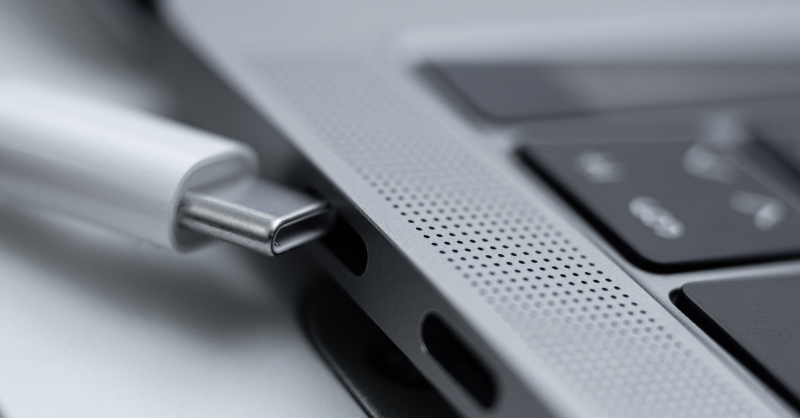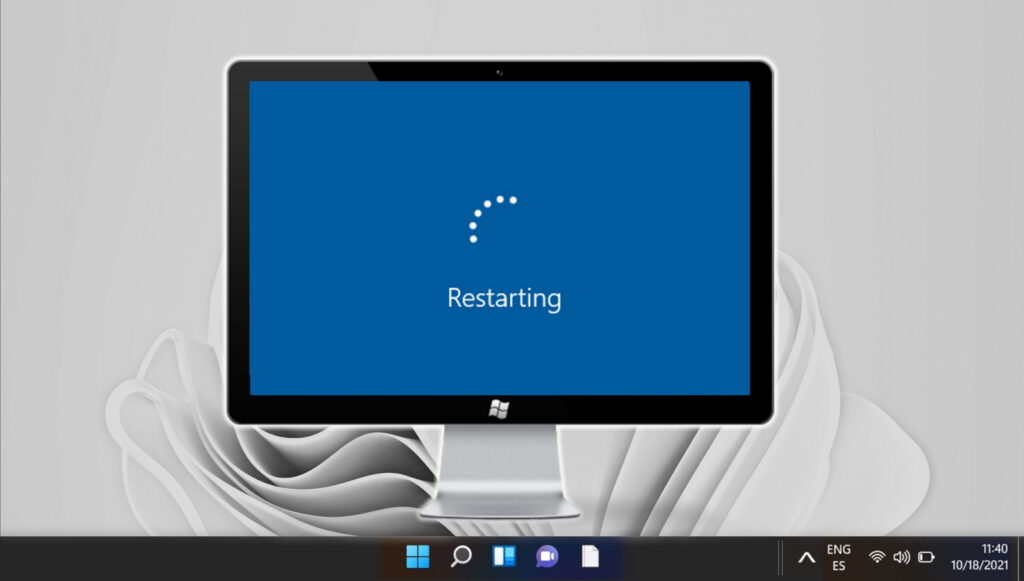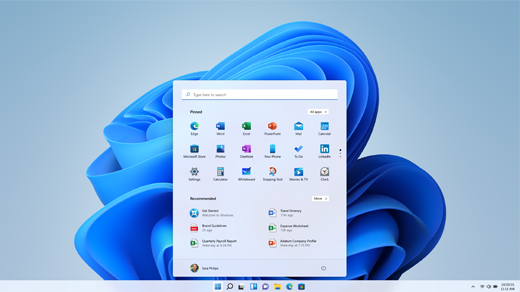USB 3.0 ports are essential for connecting various devices to your Windows 11 computer. If you’re experiencing issues with your USB 3.0 ports, such as devices not being recognized or not functioning correctly, follow this comprehensive guide to troubleshoot and potentially repair the problem.
Basic Checks

- Before diving into complex troubleshooting, start with some basic checks:
- Ensure that the USB device you’re connecting is working properly by testing it on another computer.
- Try plugging the device into different USB 3.0 ports on your computer to rule out a specific port issue.
Restart Your Computer

- Sometimes, a simple restart can resolve USB-related issues. Restart your Windows 11 computer and check if the problem persists.
Update Windows 11

- Make sure your Windows 11 operating system is up to date. Microsoft often releases updates to address hardware compatibility and USB-related issues.
Check for Driver Issues

- Outdated or corrupt USB drivers can lead to USB port problems. Here’s how to update your USB drivers:
- Right-click the Start button and select “Device Manager.”
- Expand the “Universal Serial Bus controllers” section.
- Look for any yellow triangle icons or error messages next to USB controllers. This indicates a driver problem.
- Right-click on the problematic USB controller and select “Update driver.” Follow the on-screen instructions to update the driver. If that doesn’t work, you can also try uninstalling the driver and then restarting your computer. Windows should automatically reinstall the driver.
Inspect Hardware Connections
- Ensure that your USB device is securely connected to the USB 3.0 port. Loose or damaged cables can cause connectivity issues.
USB Power Management
- Windows often manages power to USB ports to save energy. Sometimes, this can lead to connectivity problems, especially if a device requires more power. To disable USB power management:
- Right-click the Start button and select “Device Manager.”
- Expand the “Universal Serial Bus controllers” section.
- Right-click each USB Root Hub, select “Properties,” and go to the “Power Management” tab.
- Uncheck the option that says “Allow the computer to turn off this device to save power.”
Check for Hardware Issues
- If none of the above solutions work, consider these hardware-related checks:
- Inspect the USB port for physical damage, dust, or debris. Carefully clean it using compressed air if necessary.
- Try plugging another USB 3.0 device into the same port to see if the issue is with the port itself.
- If your computer has multiple USB 3.0 ports, test them all to determine if the problem is isolated to a specific port.
Scan for Malware and Viruses
- Malware or viruses can cause various computer issues, including problems with USB ports. Run a comprehensive scan using a trusted antivirus program to ensure your system is clean.
System Restore
- If the issue began after installing new software or drivers, you can use System Restore to revert your computer to a previous state when the USB ports were working.
- Search for “System Restore” in the Windows search bar, open the tool, and follow the on-screen instructions.
Advanced Troubleshooting
- If you’ve exhausted all the above steps and your USB 3.0 ports still aren’t working, consider seeking professional help. It might be a hardware issue that requires more in-depth diagnosis and repair.
Remember that working with hardware components involves some risk, and if you’re not comfortable doing it yourself, it’s best to consult a professional technician to avoid any further damage.
Frequently Asked Questions (FAQs)
Q1: What are USB 3.0 ports, and why are they important in Windows 11?
A: USB 3.0 ports, also known as SuperSpeed USB ports, provide faster data transfer speeds and are essential for connecting various peripherals and devices to your Windows 11 computer. They are critical for high-speed data transfer and better device compatibility.
Q: My USB 3.0 port is not recognizing devices. What should I do?
A: Start with some basic checks. Ensure the device you’re connecting is functioning correctly and try plugging it into different USB 3.0 ports on your computer to determine if the issue is with the device or the port.
Q: Is restarting my computer a valid troubleshooting step?
A: Yes, sometimes USB issues can be resolved with a simple restart. It can help reset USB connections and resolve temporary glitches.
Q: How can I update Windows 11 to potentially fix USB issues?
A: To update Windows 11, go to Settings > Windows Update. Check for updates, and if any are available, install them. Microsoft frequently releases updates that can address USB-related problems.
Q: What should I do if I suspect USB driver issues?
A: Access the Device Manager, expand the “Universal Serial Bus controllers” section, and look for drivers with yellow triangle icons. Right-click on problematic drivers and select “Update driver” to update them.
Q: How can I check for hardware-related issues with my USB 3.0 port?
A: Physically inspect the port for damage, dust, or debris. Test other USB 3.0 ports on your computer to see if the problem is specific to one port.
Q: What is USB power management, and how can I adjust it?
A: Windows often manages power to USB ports to save energy. You can disable this feature by going to the Device Manager, right-clicking on USB Root Hubs, selecting “Properties,” and unchecking the “Allow the computer to turn off this device to save power” option.
Q: How can I scan for malware and viruses on my Windows 11 system?
A: Use a reputable antivirus program to scan your system for malware and viruses. Make sure your system is clean, as these can sometimes cause USB issues.
Q: What is System Restore, and how can it help with USB port problems?
A: System Restore allows you to revert your computer to a previous state when USB ports were working correctly. You can access it in the Control Panel or by searching for “System Restore” in the Windows search bar.
Q: What should I do if none of the above solutions work?
A: If you’ve tried all the troubleshooting steps and your USB 3.0 ports still don’t work, it’s advisable to seek professional help. It might be a hardware issue that requires further diagnosis and repair.
In conclusion:
Troubleshooting and repairing USB 3.0 ports in Windows 11 involves a series of steps, from basic checks and driver updates to hardware inspection and more advanced troubleshooting. By following this guide, you can diagnose and potentially repair USB port issues on your Windows 11 computer.




![10 Gaming Laptops Under $1500 in 2024 [Mid Range]](https://aleratec.com/wp-content/uploads/2023/07/Yellow-Red-Black-Modern-Tutorial-Youtube-Thumbnail-3-100x70.jpg)